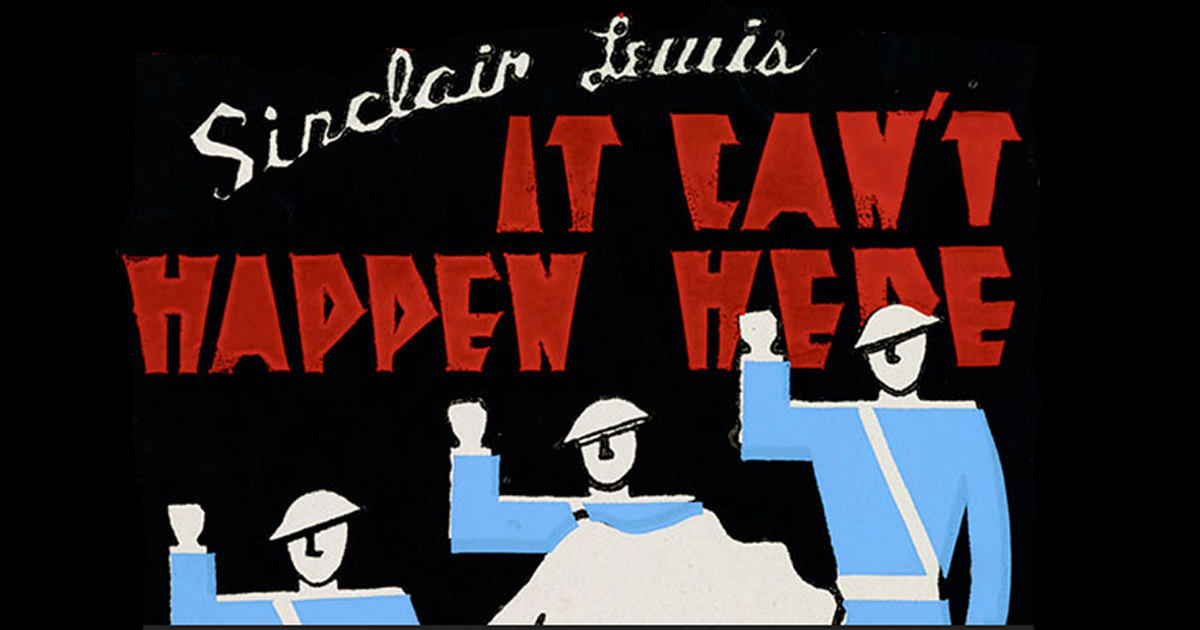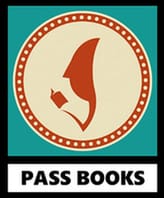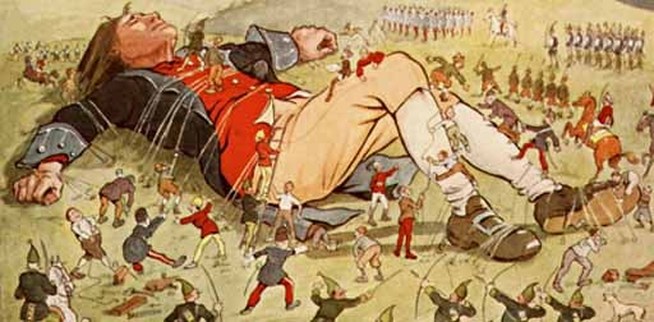A Darker Sort of Vision
There's Utopia and Dystopia - the perfect world versus one that's gone very, very wrong. Book columnist Carole McKellar looks the literature that has us cringing, but keeps us coming back for more.
Published in 1726, Jonathan Swift’s Gulliver’s Travels combines utopian and dystopian elements. Lemuel Gulliver traveled to countries with simplistic utopian qualities but others places he visited had dystopian aspects. His encounter with savage societies like the Yahoos sours Gulliver on human nature, and he changes from an optimist to a misanthrope by book’s end. This book was a favorite read during my college years with its satirical study of the good and bad elements of society.
Studying the timeline of dystopian fiction is useful in order to understand its popularity today. A guide to the history of dystopian fiction was posted by Patrick Brown on Goodreads in 2012. From the 1930s through the 1960s, dystopian literature was inspired by World War II, fascism, and communism. Controlling governments, loss of freedom, and the possibility of mass destruction were the inspiration for these classics: Brave New World by Aldous Huxley (1932) It Can’t Happen Here by Sinclair Lewis (1935) 1984 by George Orwell (1949) Fahrenheit 451 by Ray Bradbury (1950) Lord of the Flies by William Golding (1952) On the Beach by Nevil Shute (1957) A Clockwork Orange by Anthony Burgess (1962) The second wave of dystopian fiction was concerned with identity politics and its anxiety about the human body. Novels from this period include: The Handmaid’s Tale by Margaret Atwood (1985) V is for Vendetta by Alan Moore & David Lloyd (1988) The Children of Men by P.D. James (1992) Never Let Me Go by Kazuo Ishiguro (2005) Young Adult dystopian novels feature strong central characters in extreme circumstances. The phenomenal success of The Hunger Games trilogy spawned a multitude of novels that showcase a young hero or heroine successfully fighting against authoritarianism. Teens may worry that they face a dark, chaotic world with perpetual wars and ecological disasters. Dystopian fiction provides young people with exemplars of bravery who rise above adversity. Examples of the genre, which are often written as series, are: The Hunger Games (2008) by Suzanne Collins Divergent by Veronica Roth (2011) The Giver by Lois Lowry (1994) Uglies by Scott Westerfeld (2005) The Maze Runner by James Dashner (2009) The Unwind Dystology by Neal Shusterman (2009) Other dystopian literature that I recommend for good writing and compelling stories include: The Lorax by Dr. Seuss (1971): This “children’s book” features a warning of the effects of environmental degradation. The Road by Cormac McCarthy (2006): Awarded the 2007 Pulitzer Prize, this book tells the story of a man and his son’s journey after surviving an unspecified catastrophe destroys almost all life on earth. Station Eleven by Emily St. John Mandel (2014): After a pandemic kills most of the world’s population, a troupe of traveling actors makes their way across the Great Lakes in search of survivors. American War, a debut novel by Omar El Akkad (2017): This chilling book takes place in 2075 and presents a second civil war in an America facing environmental destruction and societal collapse. Stories of disaster and misery may not appeal to every reader, but there are reasons for their popularity. Many are well written with intricate plots and admirable characters. Through them we see aspects of our own society, but the elements are more extreme. It’s interesting to imagine how we would react were we placed in similar circumstances. There is anxiety in today’s society and a concern for our future. Stories of dystopian societies make readers aware that average people can be heroic and find solutions to problems.
The TED talk below is only five minutes and gives an interesting overview of dystopia.
Comments are closed.
|
Categories
All
Archives
July 2024
|
Shoofly Magazine Partners
Our Shoofly Partners are local businesses and organizations who share our mission to enrich community life in Bay St. Louis, Waveland, Diamondhead and Pass Christian. These are limited in number to maximize visibility. Email us now to become a Shoofly Partner!





























 RSS Feed
RSS Feed























